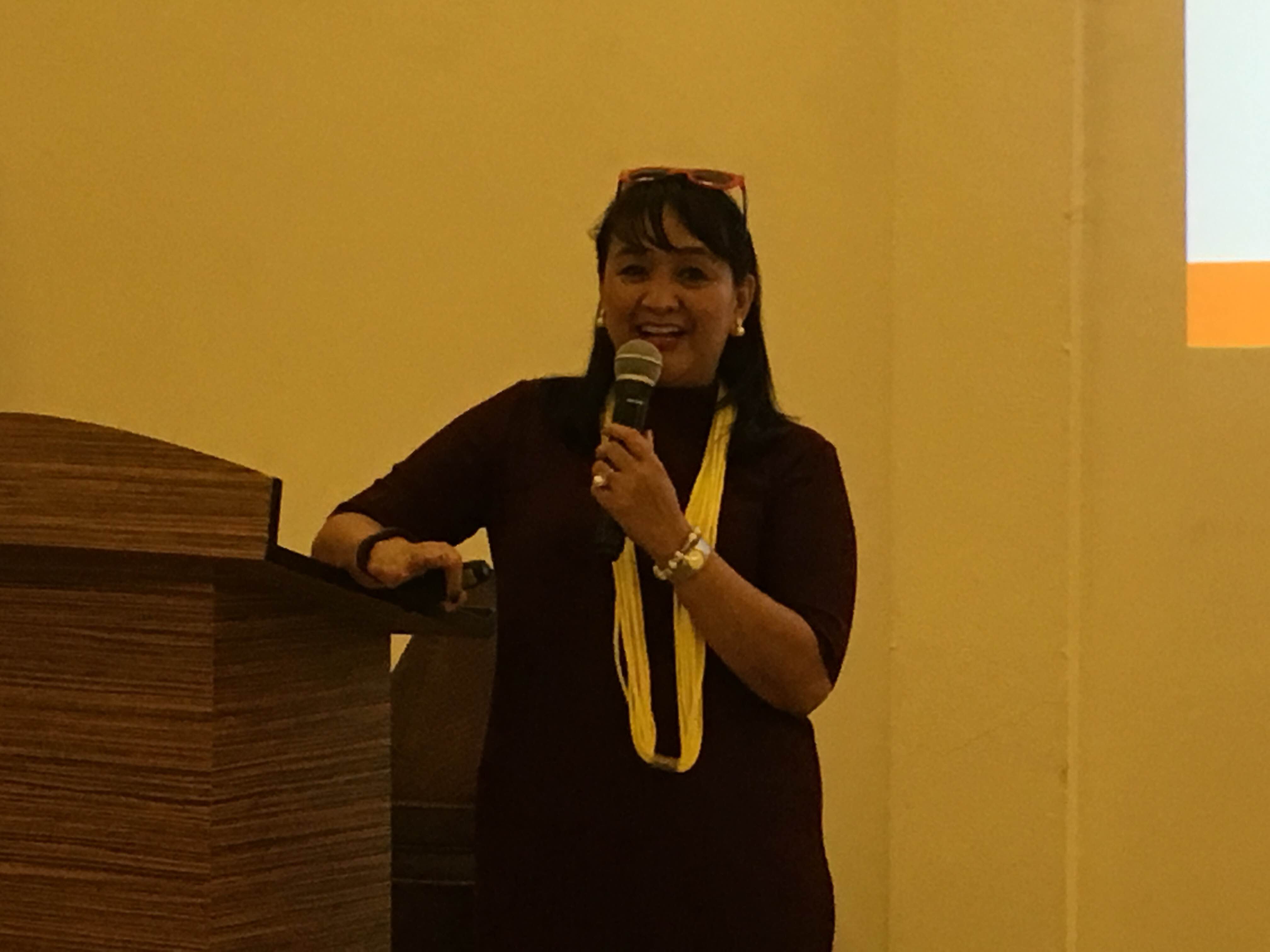The Agapay Project has developed a robotic device to provide accessible healthcare options to all Filipinos.
The initiative by De La Salle University to design and develop cost-effective robotic exoskeletons for stroke and injury rehabilitation has completed their robotic arm rehabilitation device prototype.
Funded by the Department of Science and Technology – Philippine Council for Health Research and Development (DOST-PCHRD), the research team, composed of biomedical engineers from De La Salle University and rehabilitation experts from University of the Philippines – Philippine General Hospital, created two robotic exoskeleton prototypes with a biofeedback mechanism for rehabilitation of post-stroke and injured patients by assisting motor movements in the shoulder, arm, and hand.
The biomedical devices, which were 3D-printed, offers a cost effective solution to production and works by utilizing a real-time biofeedback system which records neuromuscular activity using surface electromyography (sEMG).
The DOST-PCHRD reported how the AGAPAY team demonstrated in a research symposium in De La Salle University Manila, how the upper limb prototype mimicked the 7 degrees of mobility found in the shoulders, elbows, and wrists of patients, showing its potential use for physical therapy and rehabilitation.
Source: https://www.goodnewspilipinas.com/agapay-project-develops-robotic-arm-prototype-for-stroke-patient-rehab/
Research and technology assistance are the major highlights of the Department of Science and Technology (DOST) for 2017. Science Secretary Fortunato T. de la Peña told the Philippine News Agency (PNA) what he considers the five major accomplishments of the DOST in 2017.
R&D assistance
De la Peña said the DOST assisted more than 1,000 Research and Development (R&D) projects all over the country, with 65 percent already completed.
The 1,057 R&D projects are being managed by DOST-attached agencies and councils, such as the Philippine Council for Industry, Energy and Emerging Technology Research and Development and the Philippine Council for Health Research and Development.
In terms of technology transfer, the DOST-Technology Application and Promotion Institute guides investors regarding the intellectual-property system. The agency also provides them with patent consultations, as well as grants for the payment of Intellectual Property Office fees.
According to de la Peña, 165 patents have been filed at the Intellectual Property Office this year.
Three Technology Transfer Days were also organized in 2017, and 30 technology fairs were conducted.
Technology Transfer Day aims to ensure technologies or inventions are maximized for the benefit of society and industries. Locally developed technologies supported by the DOST are showcased during this activity.
The agency also provides precommercialization support. A total of 17 inventions it has promoted were already commercialized this year.
Assistance to MSMEs
For this year alone, 574 firms were provided with hardware and software to upgrade their technology capacity, according to de la Pena. These micro, small and medium enterprises (MSMEs) have received the Small Enterprises Technology Upgrading Program (Setup) innovation fund.
Setup is a DOST program that aims to encourage MSMEs to adopt technological innovations to improve their products and services. The program aims to help MSMEs improve their competitiveness by providing them with a loan that is payable in three years.
Assistance to start-ups
The DOST has assisted almost 400 start-ups in 2017.
“We have provided them with all types of assistance—money, services, calibration, etc.,” de la Peña said.
To further help the start-ups and MSMEs, the DOST offers the OneStore, a web site where their products are displayed and can be purchased.
Close to 11,000 products have been uploaded in the OneStore web site this year.
Human-resource development
De la Peña noted that, in 2017, the DOST has provided scholarships to more than 22,000 students.
Of the said figure, 7,881 are scholars of the Philippine Science High School. Close to 1,000 are taking their PhDs, while 2,700 are taking Master of Science. The rest of the scholars are taking undergraduate courses.
Additional radars
To further improve weather-forecasting capability and disaster-risk reduction in the country, four Doppler radars, which could measure the rain volume, and two flood-forecasting and -warning centers have been completed this year.
The DOST said that, to date, the country has 13 Doppler radars and three X-Band radars in the country. “These radars have contributed to low forecast track error,” the science agency said.
The Doppler radars are in Iloilo, Palawan, Guian, Subic, Tagaytay, Mactan, Hinatuan, Tampakan, Basco, Zamboanga, Aparri, Virac and Baguio.
The three X-Band radars, on the other hand, were placed in the Philippine Atmospheric, Geophysical and Astronomical Services Administration central office in Quezon City, Mindanao, and Baler in Aurora province.

